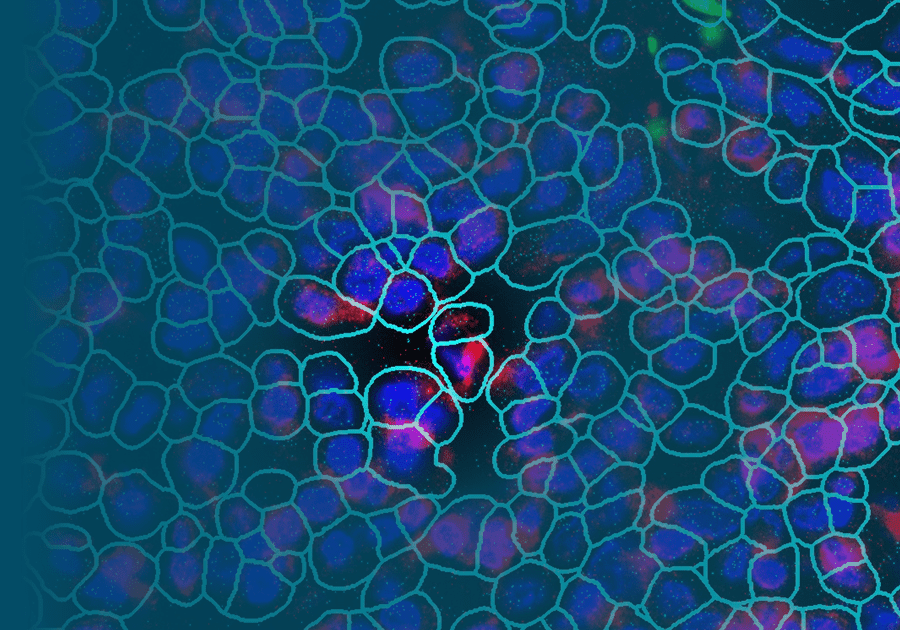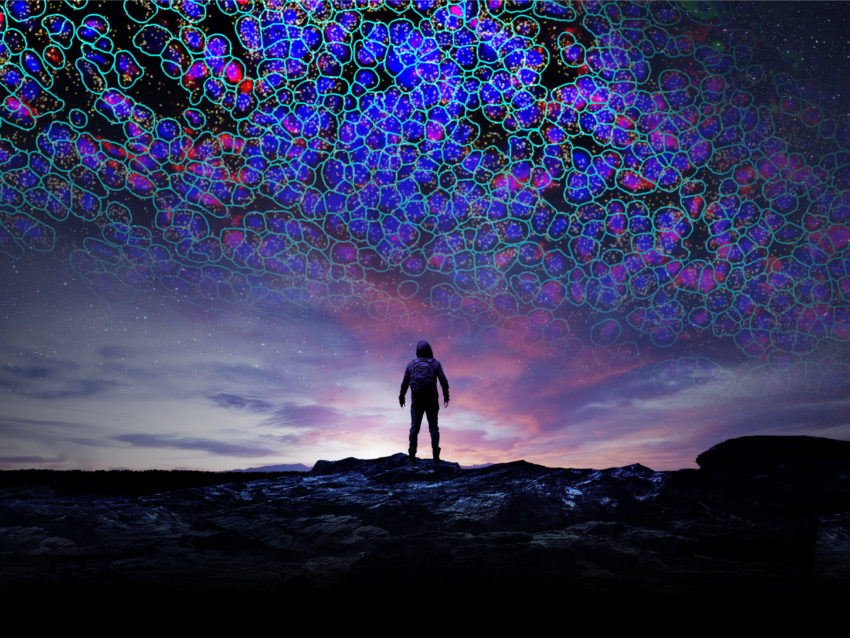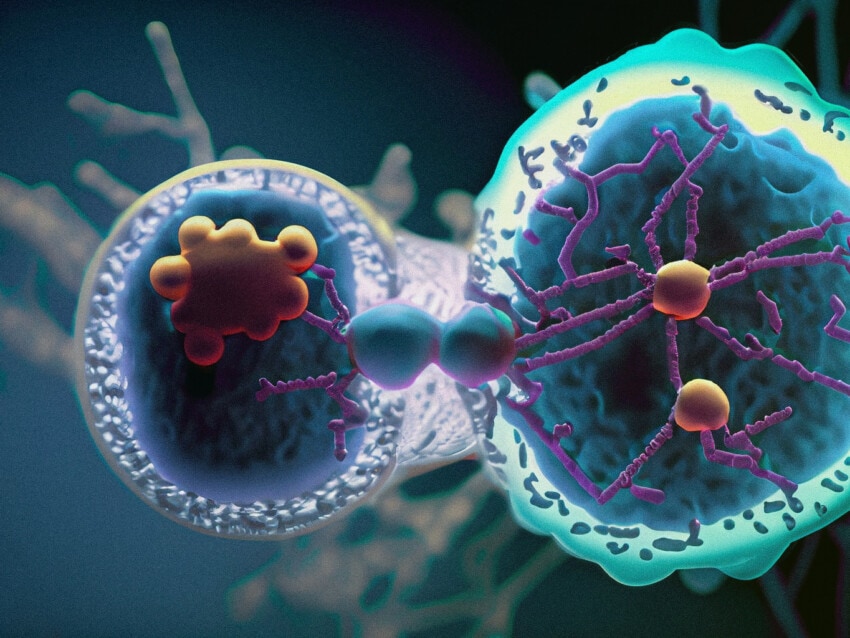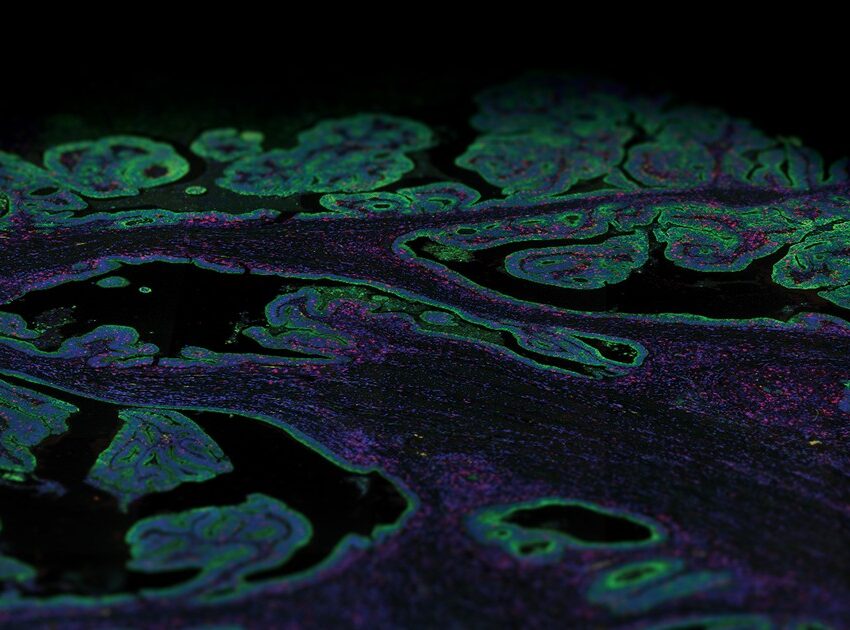
Spatial multiomics analyses of a cell atlas and interactome in skin cancer
View On Demand
Abstract
To identify the cells and oncogenic signaling pathways driving the initiation and progression of skin cancers, a knowledge base of not only cell type composition but also cell-to-cell interactions is essential. Using single-cell RNA sequencing, we generated a cell atlas of >50,000 cells from matched samples of healthy and squamous cell carcinoma (SCC) in the skin samples of 11 patients. We identified interactions that are enriched in cancer cells compared to cells in non-cancer samples. We further compared, at single-cell resolution, the cell-cell interactions between the three types of skin cancer (SCC, Basal Cell Carcinoma, and Melanoma) using CosMx Spatial Molecular Imager (SMI). Statistical integration of data across samples and replicates was performed to find differences in LR signaling between cancers, patients, and tissue regions. We found from two to 12 LR pairs that are specific to each of the three cancer types, some of which have been previously implicated in skin cancer progression and metastasis. Overall, we have identified 30 cell types and built an interactome with hundreds of thousands of possible interactions between these cell types at single-cell resolution. The unprecedented database suggests potential biological markers of initiation and progression of the most lethal type (melanoma) and the most common types (SCC and BCC) of skin cancer.
Speaker

Quan Nguyen, PhD
Senior Research Fellow, Head Genomics and Machine Learning Lab, University of Queensland
Dr. Quan Nguyen completed a Ph.D. in Bioengineering at the University of Queensland in 2013, postdoctoral training at RIKEN institute in Japan in 2015, a CSIRO (OCE) Research Fellowship in 2016, an IMB Fellow in 2018, and is currently an ARC DECRA research fellow. He has published in top-tier journals, including Cell, Stem Cell, Nature Methods, Nature Protocols, Nature Communications, Genome Research, Genome Biology, and a prize-winning paper in GigaScience. In the past three years, he has contributed to the development of x8 open-source software, x2 web applications, and x4 databases for the analysis of single-cell data and spatial transcriptomics.




